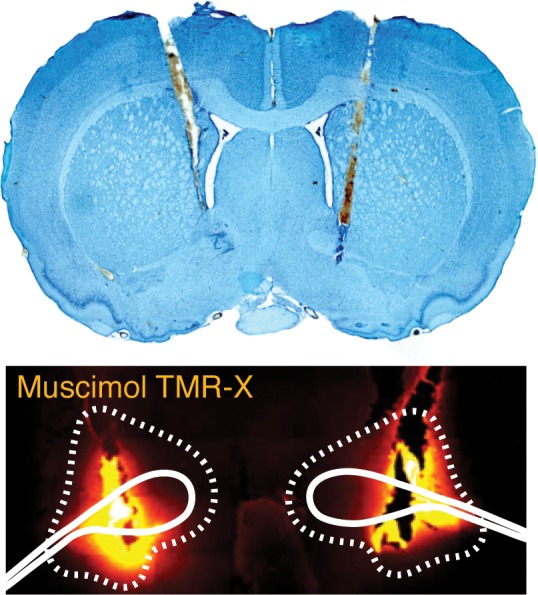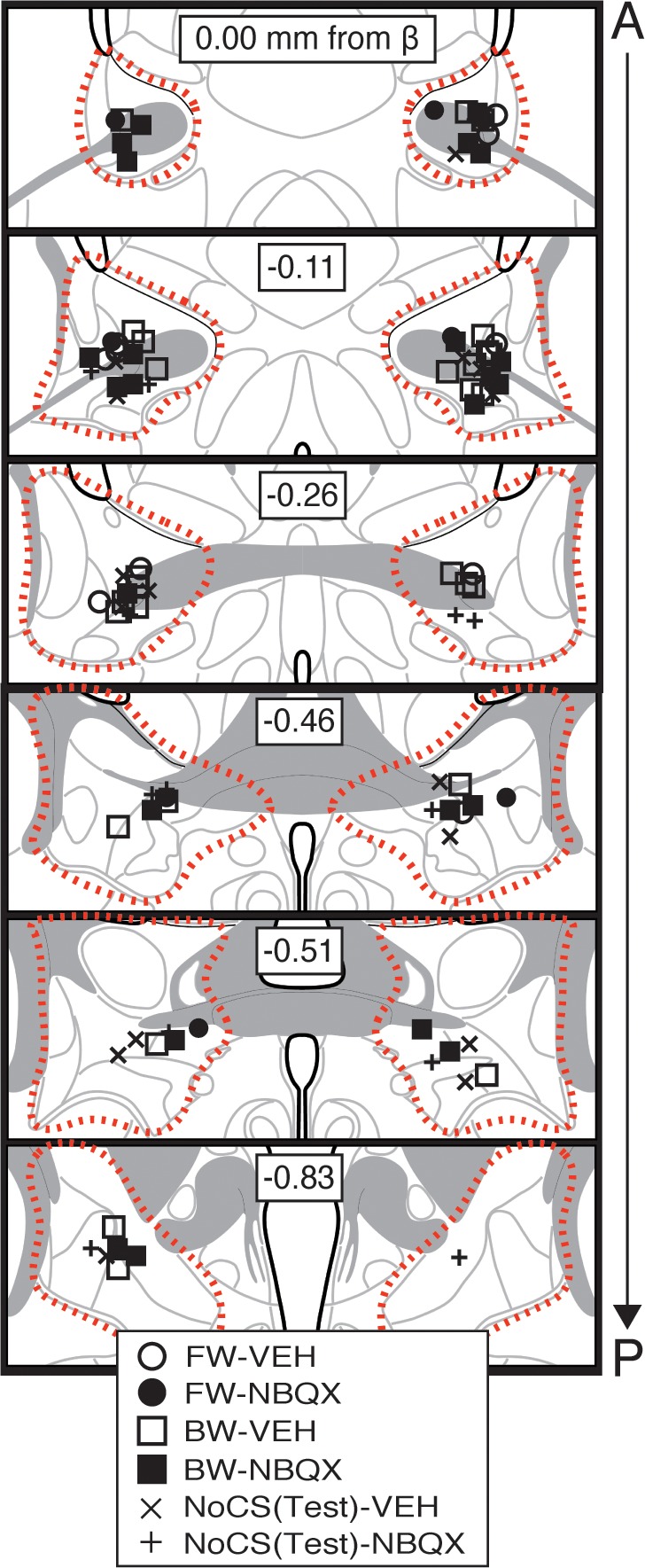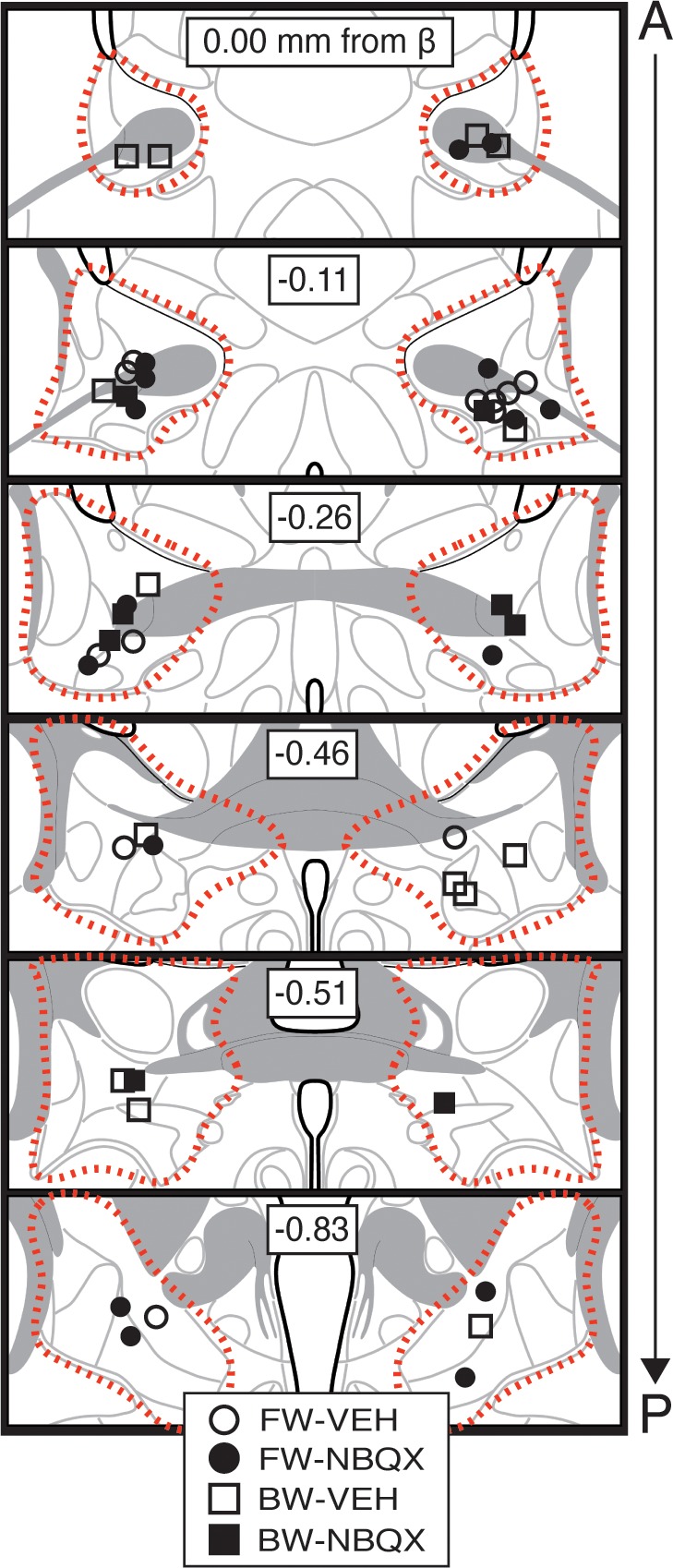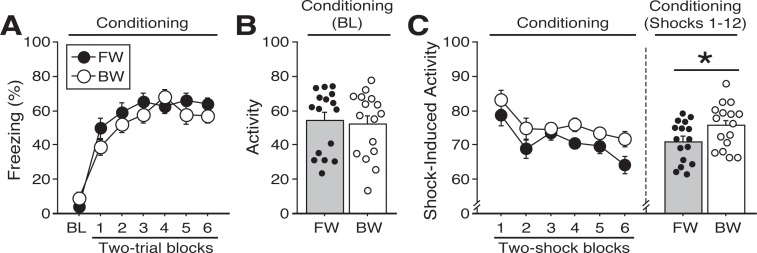Figure 1. Reversible inactivation of the BNST attenuates conditioned fear expression to a backward, but not forward, CS.
(A) Behavioral schematic. (B) Freezing behavior at conditioning and retrieval testing. For conditioning, the left panel depicts mean percentage freezing during the 5 min baseline (BL) and across each conditioning block (each 136 s block is comprised of two trials; conditioning trials consist of freezing during the 10 s CS followed by the 58 s interstimulus interval). For retrieval testing, the center panel shows mean percentage freezing at the 5 min baseline (BL) and across each test block (each 140 s block is comprised of two trials; trials consist of freezing during the 10 s CS followed by the 60 s interstimulus interval). The right panel shows mean percentage freezing during the first half of the test (trials 1–6; corresponding to 420 s of behavior). All data are represented as means ± s.e.m [FW-VEH (n = 5); FW-NBQX (n = 4); BW-VEH (n = 13); BW-NBQX (n = 12); NoCS(Test)-VEH (n = 8); NoCS(Test)-NBQX (n = 8)]; * = p < 0.05.
Figure 1—figure supplement 1. Representative bilateral cannula placements in the BNST.

Figure 1—figure supplement 2. Bilateral cannula placements for BNST microinfusions.

Figure 1—figure supplement 3. Effects of BNST inactivation on freezing to a forward vs. backward CS trained with five trials.
Figure 1—figure supplement 4. Bilateral cannula placements for BNST microinfusions.




